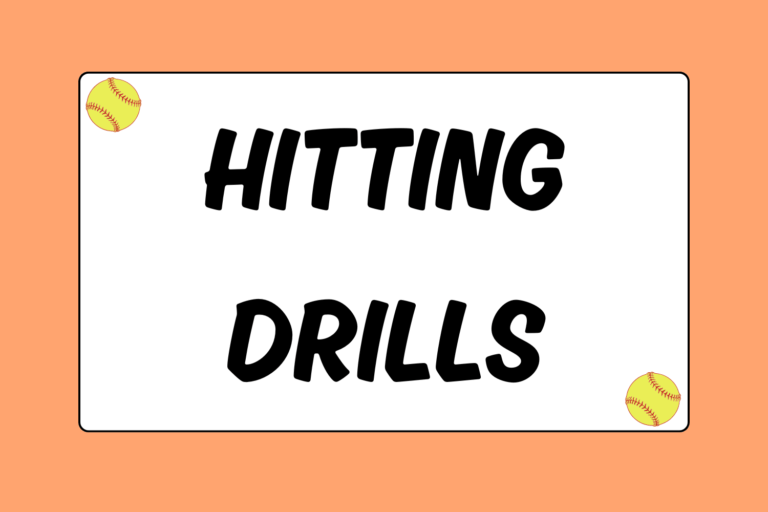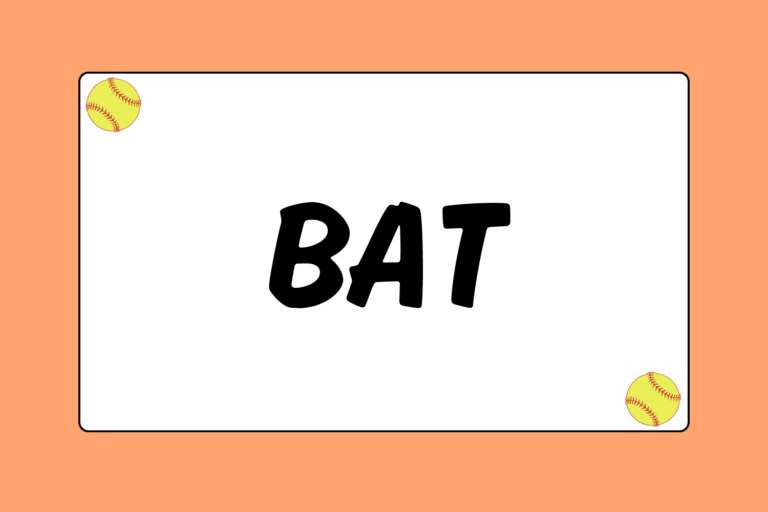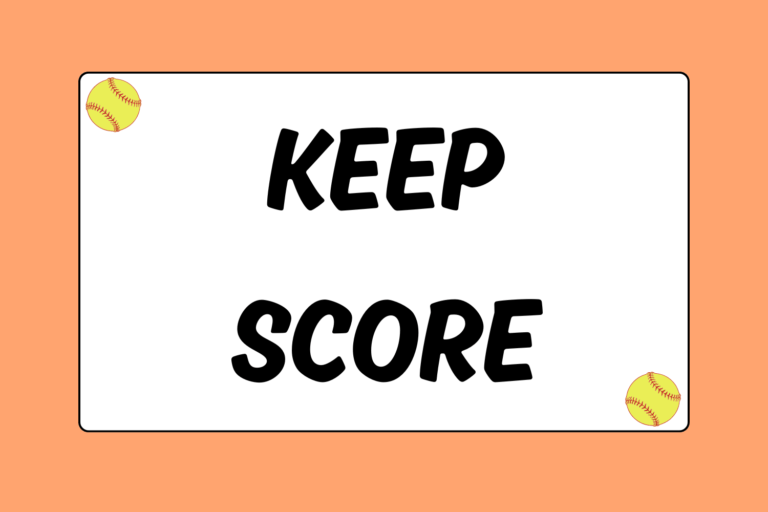With the green light on to “shoot a pair,” get ready to turn a great double play. You’ll have to take into consideration how hard the ball is hit, where the ball is hit (glove side or backhand side), and how close the shortstop is to second base — and everything has to be decided within a microsecond if you want to make the play.
Up for the challenge? Keep reading. This softball guide will spill all the secrets on how to execute a double play at second base when the ball is hit to the shortstop.
The Shortstop Fields the Ball
When the shortstop is preparing to make the play, she needs to be aware of how to approach each hit. There are three different types of hits she will need to know how to field:
- A hit right to her
- A hit to her backhand
- A hit to her glove side
A Hard Hit Right at the Shortstop
If you’re the shortstop and the ball is hit right to you, you have two simple choices. You can finish the play by making a side-armed toss to the second baseman (fielding the ball and staying low). Or, you can field the ball, hop to square both feet and shoulders to second base, and then make a quick toss to the second baseman.
A Hard Hit to the Shortstop’s Backhand
These hits will take you even farther away from your target (second base), but if you’re quick enough, you’ll have no problem finishing the play. Pivot and run to the ball, and stay low. Unless you have time to get in front of it, field the ball on the backhand as your left leg (glove-side leg) is crossed over your right — you should be in a sideways lunge position. Shift your weight even further to your glove side after you’ve fielded it, and get your arm in its throwing position. Take a step with your left foot towards second base and throw. A side-armed throw is okay in this situation (and may be necessary); just make sure it’s accurate.
A Hard Hit to the Shortstop’s Glove Side
This type of hit will lead you nicely to second base, making your job at shortstop much easier. Allow the ball to lead you to second, field it, and then make a soft, underhanded toss to the second baseman. Follow your throw by continuing your motion towards the bag. Just be aware that you are going to be close to second base. Do not fire the ball to the second baseman; you want to make a chest-high flip that she can handle as the runner slides in. Make an easy toss and everyone’s role will be much easier.
The Second Baseman Covers the Base
When the ball is hit to the shortstop, the second baseman covers the bag. If you’re playing there, you cannot afford to wait on top of the bag for the ball, but you can’t just stand in the base path, either. When you’re preparing to receive the throw, wait behind second base with your glove up. Then, to avoid being injured by the incoming runner, you need to get out of the way as quickly as possible after receiving the ball. Keeping this in mind, there are two ways you can cover the bag from second base:
- Step to it & step back: This is one of the most common ways to make the play. Wait behind the bag for the throw, and then step to the bag with your left foot as you receive the throw. The instant you touch the bag, cross your right foot behind your left foot, and then take a step forward with your left foot (towards second base) to make a throw. You will step away from the bag (at a slight angle towards the outfield) and to the outside of the base path to get out of the way.
- Receive the ball & jump: This is a more advanced way to make the play. Receive the ball as you’re stepping onto the bag with your left foot, then immediately drive your right knee up (like a crow hop) to leap over the runner. Come across the bag and make the throw as you land. This technique removes the danger of being slid into since you jump over the runner.
It doesn’t really matter which method you use, so pick whichever one is more comfortable. The most important thing is to receive the ball and get out of the way!
Hot Tip: Practice Makes Perfect
The shortstop and second baseman should really know each other on the field — their strengths, weaknesses, and even favorite sports drink. And the only way double plays will come naturally is if they practice. Below are two simple drills to help get them on their way:
- Partner toss: The second baseman and shortstop partner up and run to the fence and back. As they run, they toss the ball back and forth to each other. This will get them acquainted with the speed of each other’s tosses, and it will force them to get comfortable tossing to each other on the move.
- Turn two: Have both players take turns covering the bag, and keep another player on first base. Hit the ball to the shortstop or second baseman (and don’t make them too easy) and have them turn the double play. Muscle memory is grounded in repetition, so make this drill part of their daily workout.
Go to First on Slow Rollers
As is the case for any play, if the shortstop has to run forward past the pitcher to field a slow roller, her best chance is to get the batter out at first base. She has to realize that the runner on first base likely took off on the pitch and will be nearing the bag when she finally fields the ball. To finish the play at second base, she would have to stop immediately, pivot, and then make a strong throw. A lot of things have to work perfectly for this tough play to be completed, and even then, there might not be enough time. A throw to first is a sure-fire way to get the out.
Shoot a Pair!
Nothing looks sharper than a clean double play up the middle. Not only will it boost the morale of your team, but it will (at least momentarily) take away any upswing your opponents had on offense. Practice will make or break this play, so make sure you don’t save them just for the games. During practice, a coach should hit some tough grounders to make the middle infielders react. You don’t want to run into a play in the game that you haven’t seen in practice, so make sure they see tons of double plays beforehand — enough that such a difficult play feels fundamental.
Check out our guide on How to Turn a Double Play from the Second Baseman to the Shortstop for tips on how to turn two from the opposite side of the diamond. With enough work, your defense will make you the team to beat!





